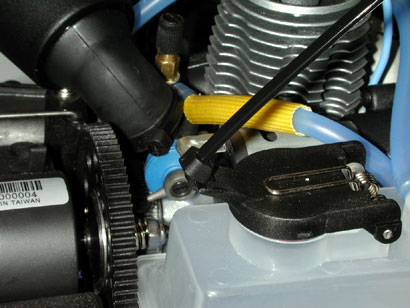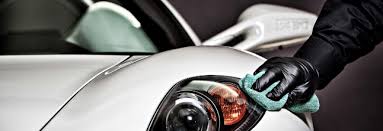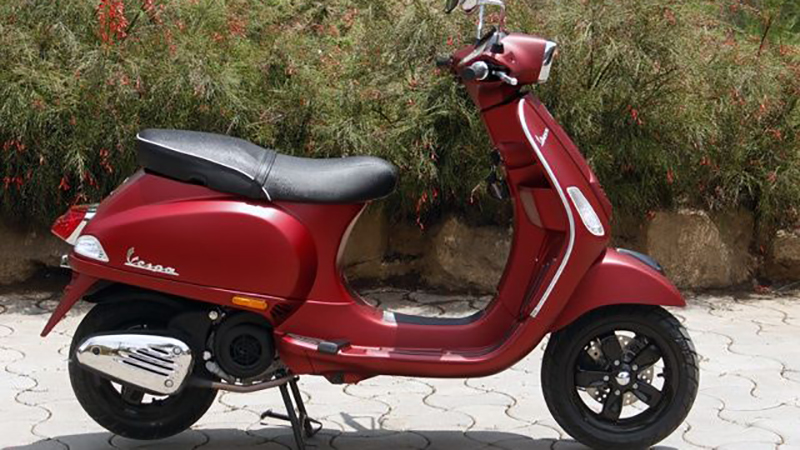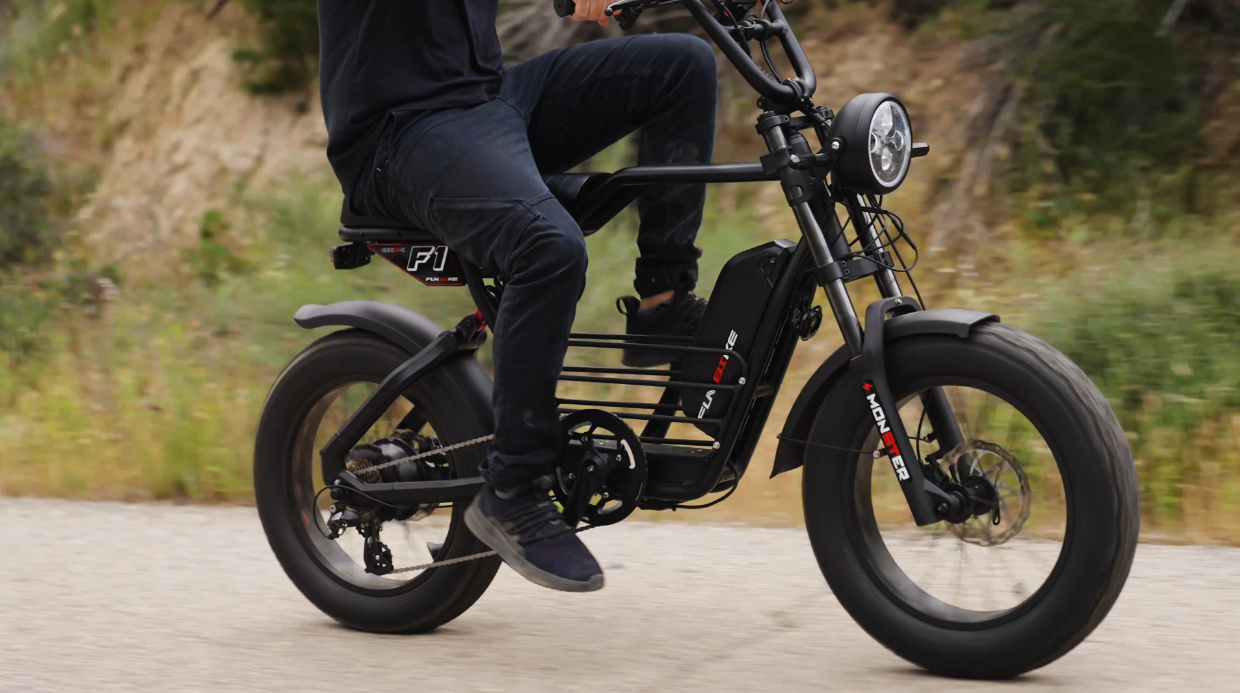Different Causes of Racing Sleeve Damage
Racing Sleeve face a lot of pressure on daily basis. Therefore, sooner or later they will suffer from wear and tear. There is no way to reverse it, the best you can do is restrict the extent of damage. But before you try to control the damage, you better understand the damage at first.

Causes of Damage
Cavitation Erosion is a common issue with wet Racing Sleeve. It happens on the outside of liner and caused by harmonic vibrations made in combustion inside the cylinder causes tiny air bubbles to form in coolant. When bubbles burst, implosions create shock waves which will eat metal. This can severe erosion, and can even cause leakage.
This damage is controlled by fighting conditions which lead to engine harmonics. It’s important to ensure fuel injection timing is fixed, and engine speed is kept in a safe limit. Cavitation mitigates with supplementary coolants suggested by the brand. It’s important to follow the instruction provided by manufacturer to ensure the engine lasts a long time.
Another problem which is overlooked when it comes to replace Racing Sleeve is the wear and tear in lower receiver in bore area. This area plays an important role as it acts as the supporting pillar for liner. If it gets damaged, it has to be properly repaired before installing a new sleeve.
The procedure of repairing a damaged lower bore is to step before the lower engine block. In order to do this, lower bore has to be machined to an oversized diameter to a specific depth which matches with repair sleeve.
Liner fracture is a result of is a result of fractures, and/or issues in the building material. Vertical and horizontal fractures can be a result of fitment problems. This is because modern engines rung at much higher pressure, and protective coating wears off quickly, leaving the surface vulnerable.

Robert is all about making the complex seem simple. He distills knowledge from diverse fields into bite-sized, easy-to-digest pieces. Join him for practical tips, life hacks, and a friendly chat.















